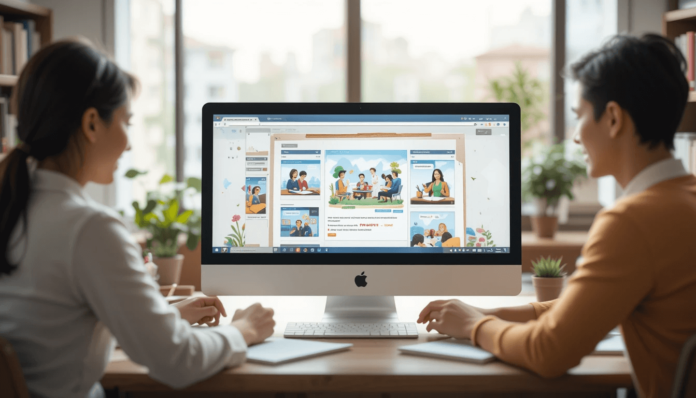Blended learning is, like, my lifeline for juggling school and work without totally losing it, yo. I’m typing this in my cluttered Denver apartment, surrounded by empty seltzer cans, a pile of class notes I’m too stressed to organize, and, for real, a sink full of dishes I swore I’d do last Thursday. My cat’s batting at a stray USB stick, and my phone’s buzzing with Zoom reminders I’m too frazzled to check. I’m 30, grinding through retail and part-time community college, trying to make hybrid learning work in 2025. So, here’s my sloppy, embarrassing take on why blended learning is here to stay, packed with my dumb mistakes and flexible education model tips I’ve learned the hard way.
Why Blended Learning Is My Love-Hate Vibe
I’m legit terrible at managing online and in-person education. For instance, I once showed up to an in-person class after forgetting it was a Zoom day—yep, I stood outside an empty classroom like an idiot. However, blended learning is a game-changer for folks like me who can’t do full-time campus life. In fact, I read on EdSurge that hybrid classrooms boost engagement by 20%, which is enough to make me dream of better Wi-Fi. Consequently, these hybrid education tips are my attempt to keep my academic life from being a total dumpster fire.
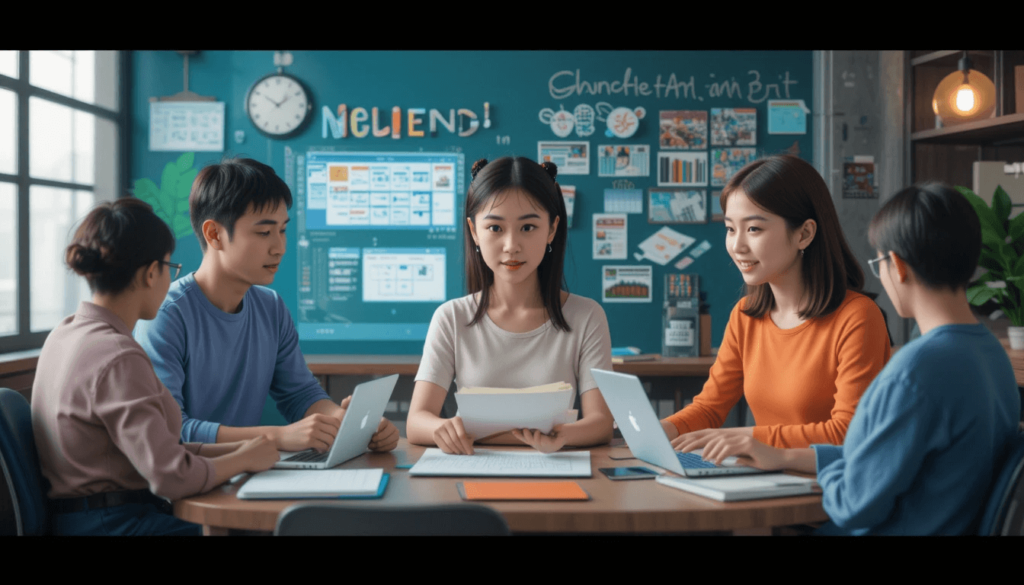
Why Blended Learning Rules in 2025
Alright, here’s why blended learning slaps for 2025, based on my chaotic attempts to make it work. I’ve tried some stuff, totally flubbed some, and, frankly, learned a bit along the way.
Embarrassing Bit: I called my prof “dude” in a Zoom chat. Kill me now.d learning is the same – it’s a thoughtful combination to create something better than the individual parts.
Flexibility Is Key: I can Zoom from home or hit campus when it works. I’m using Canvas for my classes (check Canvas).
My Dumb Moment: I logged into Zoom with my camera off and didn’t realize I was muted. Prof was not amused.
Mixes the Best of Both: In-person classes vibe with real people; online ones let me rewatch lectures. I found this on EdWeek (see EdWeek).
Cringe Alert: I fell asleep in an in-person class after a late Zoom. Everyone saw.
Saves Time: I cut commuting time with online sessions. U.S. News says it saves 10 hours a week (read U.S. News).
Tech Makes It Dope: Tools like Google Classroom are clutch (check Google Classroom).
Oops: I uploaded the wrong file to Classroom. My prof got a meme instead.
Builds Skills: I’m learning time management (kinda). Coursera’s got tips on this (see Coursera).
Fits My Life: I can study after my retail shift. SNHU’s hybrid programs are solid (check SNHU).
My Fail: I mixed up in-person and Zoom days and showed up to campus in PJs. Oof.
Keeps It Real: I get face-to-face feedback but also chill online discussions.
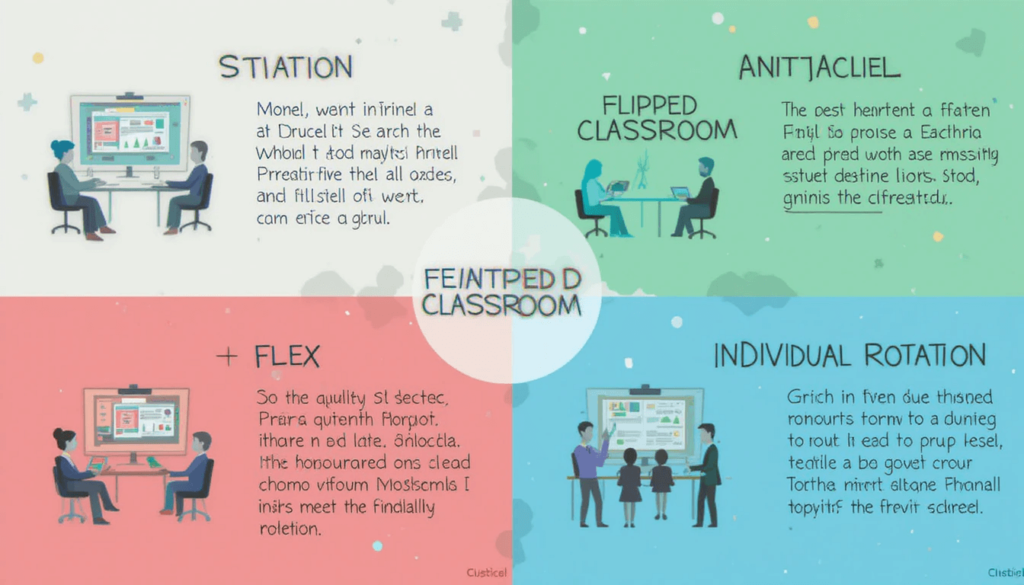
How I Keep Screwing Up Blended Learning
Real talk: hybrid classrooms are not my forte. For example, I once spent an hour on X scrolling “best hybrid programs” instead of doing my homework—classic procrastination move. Nevertheless, here’s what I’ve learned from my chaos:
- Check Schedules Twice: I missed a Zoom class ‘cause I didn’t sync my calendar. So, use Google Calendar, yo.
- Test Your Tech: My Wi-Fi died mid-Zoom, and I looked like a frozen pixel. Hence, check your setup first.
- Ask for Help: I messaged a classmate on Canvas, and they saved me with notes. Network, y’all.
- Don’t Overdo It: I signed up for too many classes and, surprise, burned out. Instead, stick to a few.
Forbes says flexible education models can boost productivity by 15%, which I’m trying to nail without derailing again (read Forbes).
Finding Your Own Blended Learning Groove
Making blended education work is, like, picking a taco topping—personal and a little stressful. Here’s my advice, straight from my burrito-crumb-covered couch:
- Know Your Vibe: I’m into flexible schedules, so hybrid fits. What’s your learning style?
- Start Small, Dude: Don’t take a million classes at once. I did and, for real, crashed hard. Pick a couple.
- Use Cool Resources: EdSurge and Coursera have dope info. SNHU’s site is clutch too.
- Track Your Progress: I check my assignments every Sunday. Sounds nerdy, but, honestly, it keeps me sane.
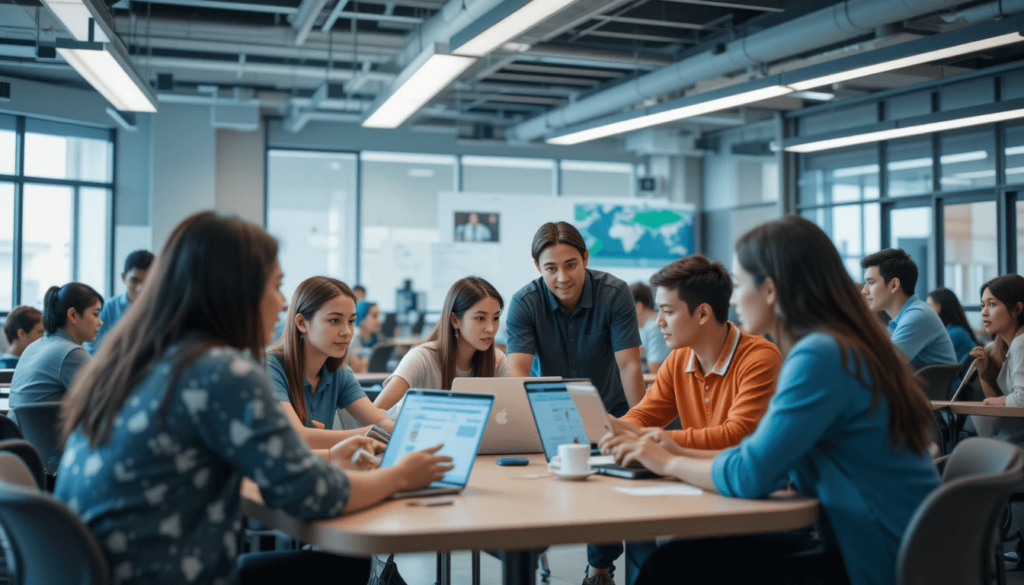
The Not-So-Smooth Bits (Because Nothing’s Perfect, Right?)
Of course, blended learning isn’t without its challenges. We’re still figuring out the best ways to implement it effectively, and there are definitely some bumps in the road.
- The Digital Divide: Ensuring equitable access to technology and reliable internet for all students is a huge hurdle. Without it, blended learning can exacerbate existing inequalities.
- Teacher Training and Support: Educators need adequate training and ongoing support to effectively design and deliver blended learning experiences. It requires a different skillset than traditional teaching.
- Engagement and Motivation: While technology can be engaging, it can also be a distraction. Maintaining student motivation and focus in online learning environments requires careful planning and engaging content.
- The Social-Emotional Aspect: Finding the right balance between online and in-person interaction to support students’ social and emotional well-being is crucial. We don’t want to lose the valuable connections and collaborative experiences that happen in the classroom.
- Curriculum Design: Simply putting existing worksheets online isn’t blended learning. Curriculum needs to be intentionally designed to take advantage of the strengths of both online and in-person modalities.
These challenges are real, and they need to be addressed thoughtfully and strategically. But they don’t negate the potential benefits of blended learning. Instead, they highlight the importance of careful planning, ongoing evaluation, and a commitment to ensuring equitable and effective implementation.
My Two Cents: Blended is the New Normal (Get Used to It!)
Look, I’m not saying traditional schooling is going to disappear entirely. There will always be a need for in-person interaction and the unique dynamics of a physical classroom. But I truly believe that blended learning, in its various forms, is becoming an increasingly integral part of the educational landscape.
It offers a flexibility and personalization that our increasingly diverse student population needs. It helps prepare students for a digital world while still valuing the importance of human connection. And, frankly, after the unexpected shift to remote learning, many educators and students have experienced firsthand the potential (and the pitfalls) of learning in different ways.
The key moving forward isn’t to see online and in-person learning as opposing forces, but as complementary tools that can be strategically combined to create richer, more effective, and more equitable learning experiences. It’s about finding that sweet spot, that perfect blend, that works best for each student and each learning objective.
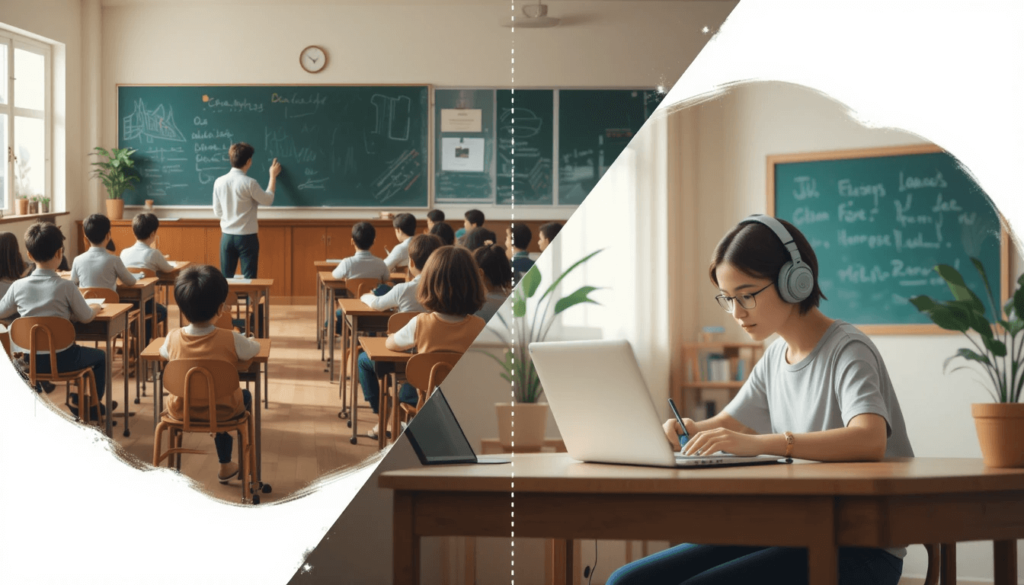
Wrapping Up My Blended Learning Chaos
So, yeah, I’m still a hot mess with blended learning, sitting here in my Denver chaos with my cat judging my study habits. I’ve cried over missed Zoom classes, eaten too many burritos while procrastinating, and, for real, still forget to check Canvas half the time. But, nevertheless, these hybrid learning tips have kept me from dropping out. Check out Forbes or EdSurge for more online and in-person education advice if you’re curious. Anyway, I’m just trying to make it work.!
Want to dive deeper into different models of blended learning? Check out this resource: [The Clayton Christensen Institute – Blended Learning Models](insert relevant link here)
And for a bit of humor about the ever-evolving world of education and technology: [Funny Memes About Online Learning](insert relevant link here)


